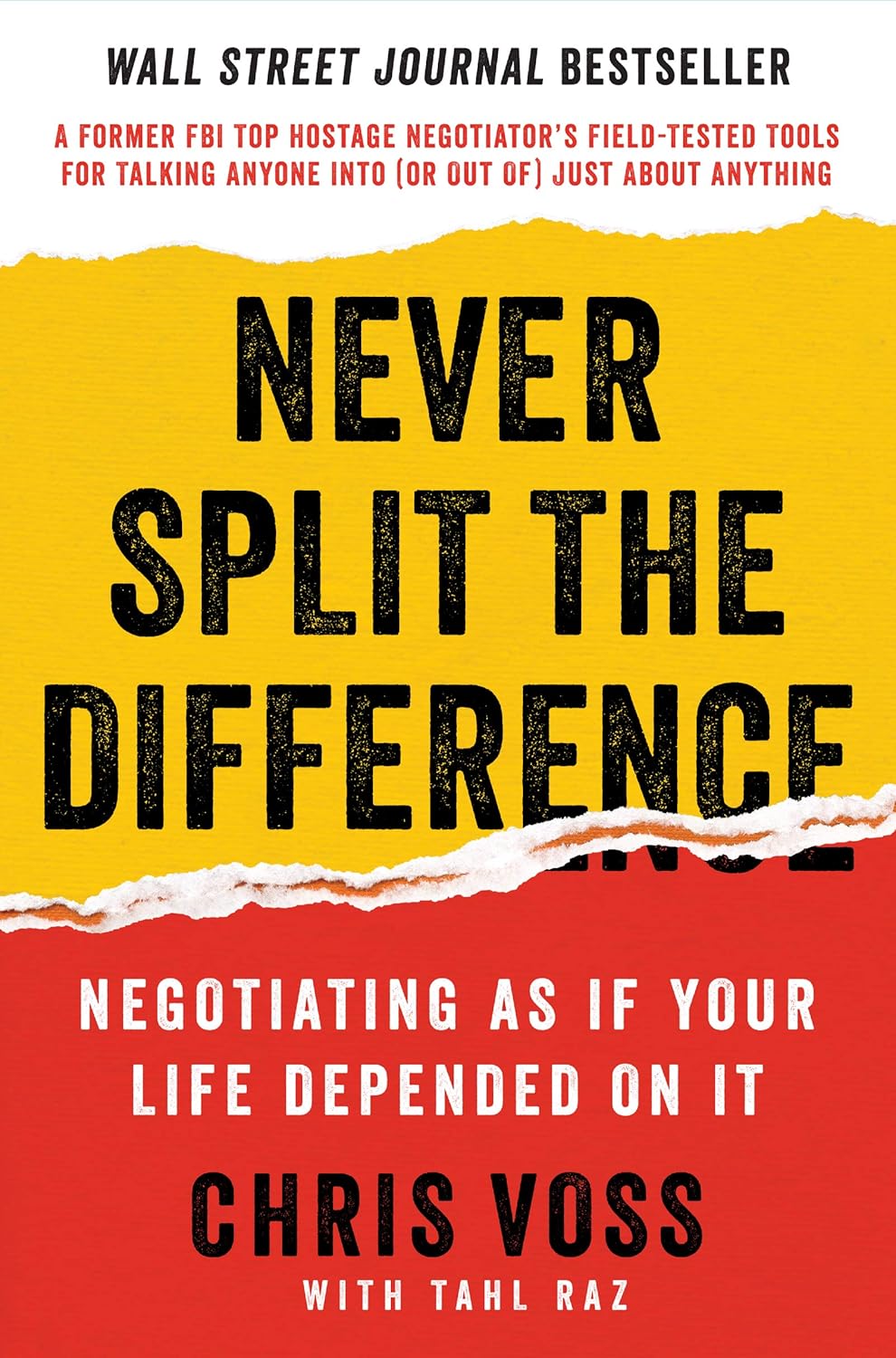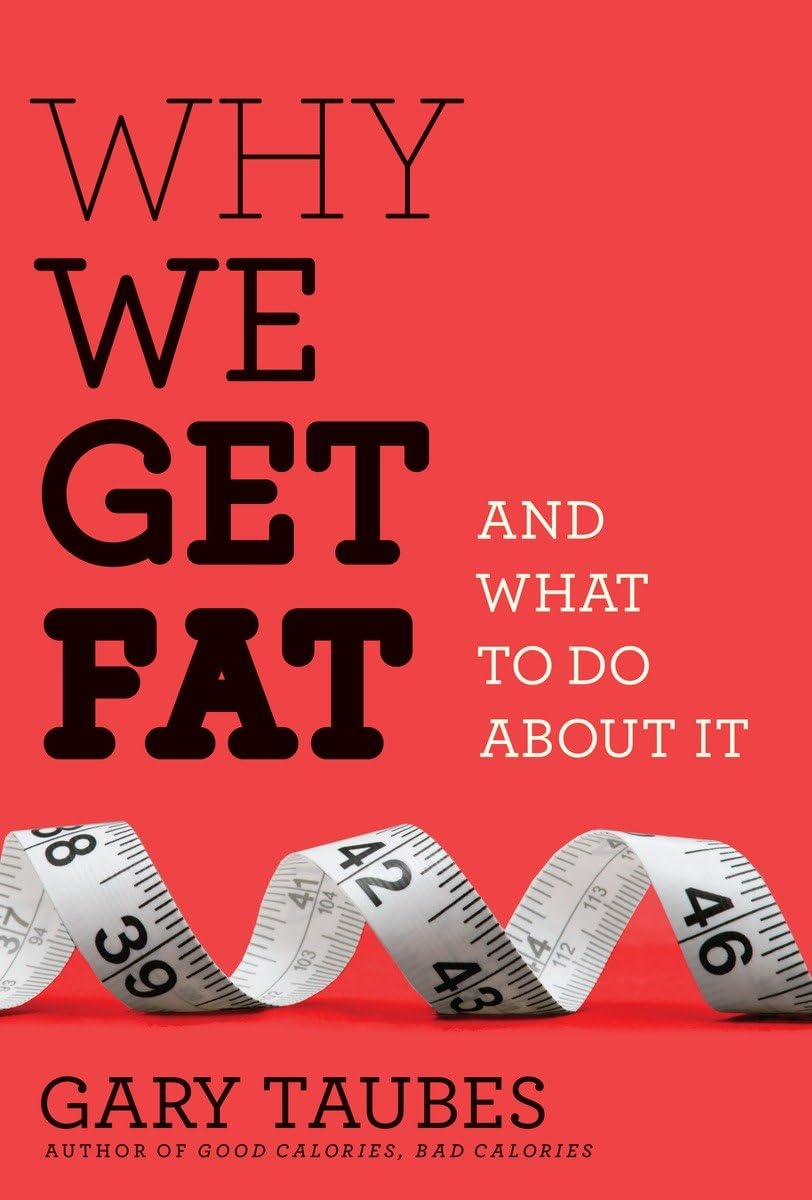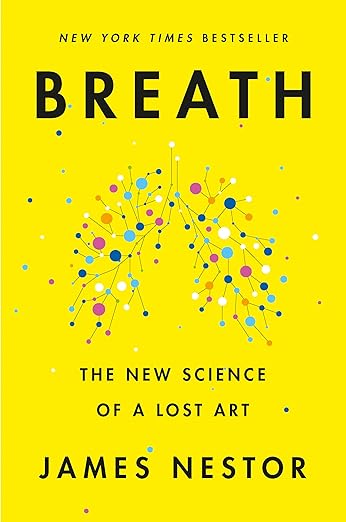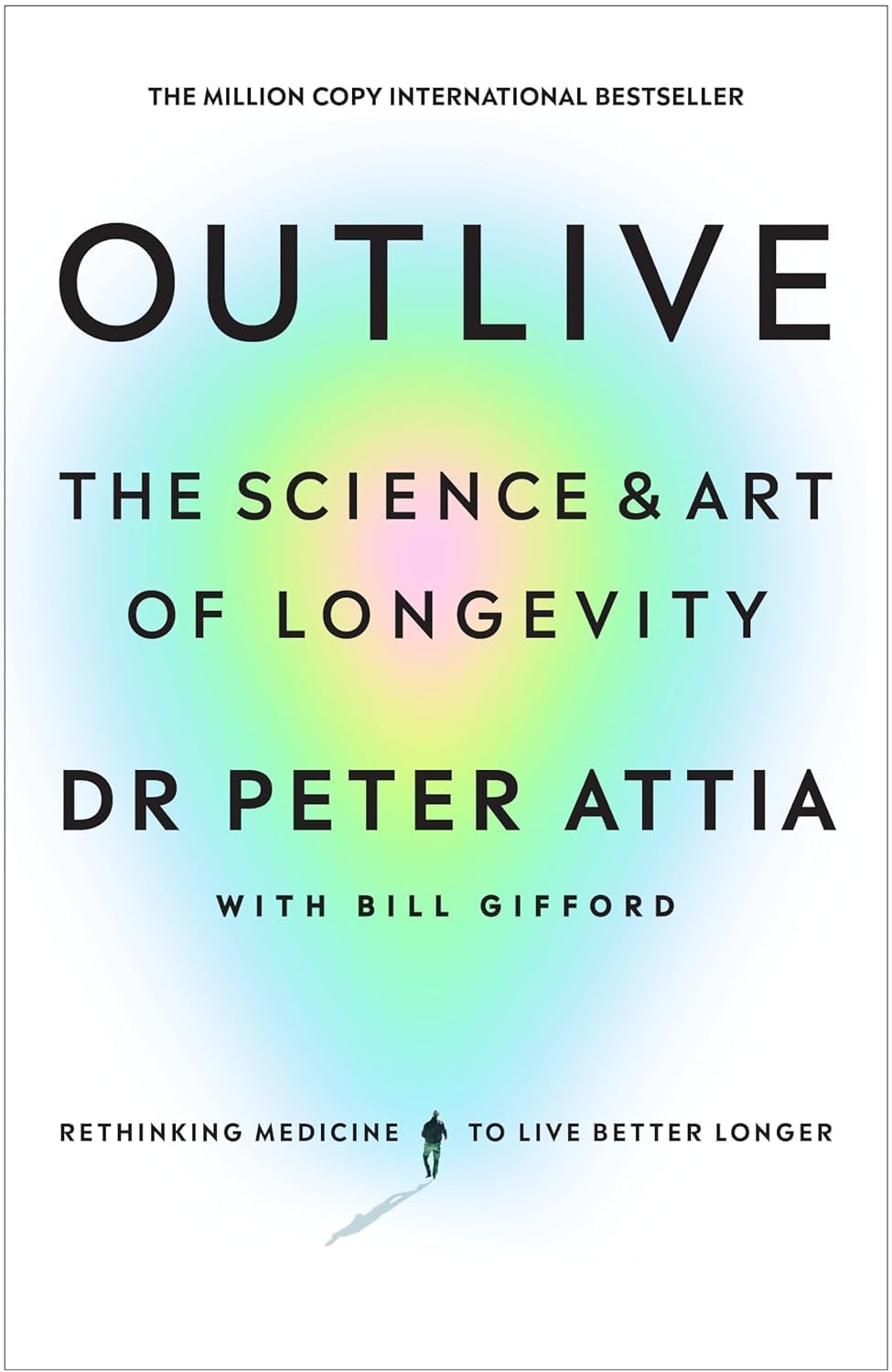
Buy The Book
Chapter
- ✦ Part 1. On Dark Places (Chapter 1-5)
- ✦ Part 2. On Motivation (Chapter 6-9)
- ✦ Part 3. On Emotional Pain (Chapter 10-13)
- ✦ Part 4. On Grief (Chapter 14-17)
- ✦ Part 5. On Self-doubt (Chapter 18-21)
- ✦ Part 6. On Fear (Chapter 22-26)
- ✦ Part 7. On Stress (Chapter 27-31)
- ✦ Part 8. On a Meaningful Life (Chapter 32-36)
Why Has Nobody Told Me This Before?

About
“Why Has Nobody Told Me This Before?” is a practical guide to understanding and managing your mental health, written by clinical psychologist Dr. Julie Smith, who gained popularity for her accessible mental health advice on TikTok. Smith breaks down complex psychological concepts into easily digestible and actionable insights.
The book covers essential topics such as understanding low mood, motivation, emotional pain, grief, self-doubt, fear, stress, and how to create a meaningful life. It offers a toolbox of coping mechanisms and strategies to build resilience, manage difficult emotions, and improve overall well-being. Smith’s approach is compassionate and emphasizes self-awareness, providing readers with the tools to navigate life’s challenges and foster a healthier relationship with their mental health. The book empowers readers to take control of their emotional well-being and find practical ways to thrive.

Spark
Learn
Review
✦ Part 1. On Dark Places (Chapter 1-5)
Everyone experiences moments of feeling low, but the frequency and intensity vary. These feelings often go unspoken, masked by smiles and routines. Low mood, however, is not a fixed state but a sensation influenced by unmet needs, environment, and physical health. Recognizing the downward spiral of low mood early is crucial, as it can quickly escalate into more severe states. Patterns of thinking, such as overgeneralization, mind-reading, or all-or-nothing thinking, can intensify these feelings. Identifying and labeling these thought biases helps create distance from them.
Small actions and decisions can break the cycle of low mood, even when motivation feels absent. Rather than striving for perfection, focusing on achievable steps helps shift the direction of mood. Showing kindness to oneself, especially in moments of self-criticism, is an essential act of self-compassion, fostering resilience. Reflecting on better days and envisioning how to replicate the thoughts, actions, and emotions associated with them offers a roadmap out of darker moments.
The foundation of mental health lies in addressing the basics: quality sleep, regular physical activity, balanced nutrition, and maintaining meaningful social connections. These components act as protective barriers, safeguarding mental health and providing the stability needed to face life’s challenges. Even small improvements in these areas can yield significant benefits.
✦ Part 2. On Motivation (Chapter 6-9)
Motivation is not a constant trait but a sensation that ebbs and flows. Waiting for motivation to strike often leads to stagnation. Action, even in its smallest form, serves as the catalyst for igniting motivation. By engaging in movement and purposeful tasks, the energy and drive to continue grow. It is not about eliminating resistance but learning to act in alignment with personal values despite it.
Procrastination often stems from a desire to avoid discomfort, while anhedonia creates a loss of joy in previously enjoyable activities. Both can lead to inaction. The antidote lies in cultivating habits and consistent routines that align with one’s goals. Starting with manageable, low-effort actions builds momentum and fosters a sense of agency.
Staying connected to goals requires daily reflection. Small victories and consistent efforts compound over time, leading to greater accomplishments. Shifting focus from grand outcomes to the process itself creates sustainable progress. It’s essential to acknowledge setbacks as part of the journey and to approach them with self-compassion.
Lastly, a shift in mindset about failure transforms its impact. Failure is not a reflection of worth but a stepping stone for learning. By altering the narrative around setbacks, they become opportunities for growth. Building resilience against the fear of failure empowers persistence and fosters long-term motivation, ensuring continuous progress.
✦ Part 3. On Emotional Pain (Chapter 10-13)
Emotions, while often intense and overwhelming, are not permanent states or definitive truths. They are the brain’s attempt to interpret internal and external signals. Rather than resisting or suppressing emotions, allowing them to rise and fall like waves creates space for understanding and processing them. Blocking emotions often leads to more prolonged distress, while acknowledging them brings clarity on unmet needs.
Labelling emotions specifically, beyond broad terms like “happy” or “sad,” enhances emotional regulation and flexibility. A richer emotional vocabulary allows for greater self-awareness and more intentional responses. Combining this with grounding techniques and self-soothing practices helps manage emotional intensity. These tools provide stability in moments of distress without relying on avoidance or numbing behaviors.
The language used in self-talk holds significant influence. Negative self-narratives can perpetuate cycles of distress, while reframing thoughts with curiosity or compassion fosters emotional growth. Expressive writing or journaling serves as an effective outlet, helping unravel complex emotions and gaining perspective.
Supporting others through emotional pain requires presence, compassion, and listening without rushing to fix their struggles. Practical support, consistent check-ins, and creating a safe space for open communication can be profoundly impactful. Showing up for others, even in silence, helps reduce feelings of isolation. At the same time, balancing care for others with personal boundaries and self-care ensures sustainability in offering support.
✦ Part 4. On Grief (Chapter 14-17)
Grief arises not only from the death of a loved one but from any significant ending or loss. It is a natural and necessary process, though it may bring an overwhelming wave of emotions and physical sensations. Grief is not about forgetting or moving on but about adapting to a new reality while maintaining a connection with what was lost.
The process of grief is not linear. Emotions like denial, anger, bargaining, and depression may emerge in any order and recur unpredictably. Acceptance does not mean agreement with the loss but finding a way to coexist with it. The journey involves stepping into the pain, allowing it to be felt, and then stepping back to rest and replenish.
Navigating grief requires small, deliberate steps. There are no timelines or expectations. Expressing grief, whether through words, writing, art, or movement, facilitates healing. Finding ways to honor memories while re-engaging with life creates a bridge between past and present.
Grief’s pillars of strength—self-awareness, structure, time, and relationships—provide support. Building routines, prioritizing physical and emotional health, and leaning on trusted connections can ease the burden. It is also vital to set boundaries with well-meaning but unhelpful advice from others. Seeking professional help or counseling becomes particularly important when grief feels intolerable or unresolved. Grief is not about erasing pain but learning to integrate it while moving forward with meaning and resilience.
✦ Part 5. On Self-doubt (Chapter 18-21)
Handling criticism and disapproval begins with understanding that it is natural to care about others’ opinions. However, living solely to please others can lead to neglecting personal needs and boundaries. People-pleasing often stems from early experiences where keeping others happy felt necessary for survival. Recognizing this pattern allows room for change. Criticism, whether external or internal, hurts, but it doesn’t define worth. Self-worth grows when you separate constructive feedback from personal attacks. Criticism often reflects others’ perspectives or values rather than universal truths.
Shame, triggered by failure or disapproval, creates a cycle of self-attack and withdrawal. Building resilience to shame involves identifying its triggers, recognizing it as a shared human experience, and responding with compassion. Instead of using failure as a measure of self-worth, viewing it as a learning opportunity strengthens the ability to recover and grow.
Confidence thrives not in the absence of fear but in stepping into the unknown repeatedly. Each act of courage builds a foundation for confidence over time. Confidence requires accepting vulnerability as part of growth. Self-esteem, often tied to comparison and external validation, is unreliable. Instead, self-acceptance and self-compassion create a stable sense of worth. Embracing imperfection as an intrinsic part of humanity fosters perseverance and resilience.
Living with self-acceptance doesn’t mean settling for complacency. It means striving from a place of love and contentment rather than fear. Treating setbacks as isolated events rather than reflections of personal failure helps maintain perspective. Speaking to oneself with kindness and encouragement, just as one would to a friend, reinforces personal growth. Confidence and self-worth are built daily through intentional actions, compassionate self-talk, and the courage to keep trying despite fear or setbacks.
✦ Part 6. On Fear (Chapter 22-26)
Fear is an essential survival mechanism designed to protect. However, its intensity can become overwhelming, leading to avoidance and a shrinking life. Facing fear instead of escaping it helps reduce its power over time. Avoidance may provide short-term relief but reinforces fear in the long run. By gradually exposing oneself to feared situations and allowing the discomfort to pass naturally, fear loses its grip.
Anxiety, a manifestation of fear, often arises from catastrophic thoughts and worst-case scenarios. Recognizing these thought patterns as biased perceptions rather than truths helps create distance from them. Labeling anxious thoughts and reframing them into challenges or opportunities for growth fosters empowerment. Shifting attention away from fear-driven narratives to thoughts aligned with personal values redirects focus and reduces anxiety’s intensity.
Calming techniques, such as slow and intentional breathing, help regulate the body’s stress response. Extending the outbreath slows the heart rate, signaling safety to the brain. Movement, such as walking or exercise, burns off excess adrenaline and restores balance. These tools provide immediate relief and build resilience against future fear responses.
The fear of inevitable realities, such as death, often underlies other anxieties. Avoiding thoughts of mortality may heighten this fear, while acceptance fosters peace and clarity. Reflecting on death’s certainty can inspire living with intention and meaning. Exploring personal beliefs about mortality and challenging unhelpful assumptions helps reframe fear into motivation for purposeful living.
Fear need not dictate decisions. Acting in alignment with values despite fear builds courage and fosters growth. Viewing fear as a companion rather than an enemy allows space for learning and adaptation. By shifting focus from eliminating fear to navigating it, life’s challenges become opportunities to discover inner strength and resilience.
✦ Part 7. On Stress (Chapter 27-31)
Stress, though often seen as negative, is a natural response that prepares the body to face challenges. It sharpens focus, increases energy, and enhances alertness. However, prolonged stress without adequate recovery can lead to physical and mental strain. Chronic stress affects decision-making, memory, and impulse control while weakening the immune system. Recognizing the signs of burnout—such as exhaustion, detachment, and feelings of incompetence—can prompt action before damage deepens.
Reducing stress is not always possible, especially when faced with non-negotiable demands. Instead, learning to manage stress by replenishing resources is essential. Small, consistent actions—like rest, physical activity, and nourishing meals—help the body recover and prevent long-term harm. Breathing techniques, such as extending the outbreath, calm the body and reduce the immediate intensity of stress. These tools don’t eliminate stress but allow it to be channeled into productive energy.
Viewing stress as a tool rather than a problem shifts perspective. When stress arises during high-pressure situations, reframing it as an asset helps harness its benefits. Stress can motivate action and align efforts with personal goals. Connecting stress to meaningful pursuits, such as contributing to others or working towards shared values, transforms its impact.
Social connection also mitigates stress. Reaching out to loved ones, focusing on relationships, or acts of kindness create resilience and buffer against the harmful effects of prolonged stress. Practices like mindfulness and meditation further prepare the mind to navigate stress with clarity and composure. Embracing stress as part of a purposeful life, rather than resisting it, creates balance and enhances the ability to cope when it matters most.
✦ Part 8. On a Meaningful Life (Chapter 32-36)
Chasing constant happiness often leads to disappointment because emotions naturally fluctuate. Instead of seeking uninterrupted positivity, finding meaning in life brings deeper satisfaction. A meaningful life embraces a full spectrum of emotions—joy, love, pain, and sadness—while staying aligned with what truly matters. Values act as a compass, guiding decisions and shaping a purposeful existence.
Values are not goals to complete but principles to live by. They define the kind of person one wishes to be and the contributions one hopes to make. Reflecting on values regularly ensures alignment with actions. Setting goals rooted in values provides direction while appreciating the process rather than fixating solely on outcomes. Values-driven actions turn daily routines into steps toward a fulfilling life.
Relationships play a central role in creating meaning. Healthy, supportive connections enhance mental and physical well-being. Building strong relationships involves intentional actions: expressing gratitude, showing compassion, and fostering trust through open communication. Understanding attachment patterns and breaking unhelpful relational cycles create space for deeper connections.
Living meaningfully also means facing life’s uncertainties. Reflecting on mortality can inspire a greater focus on living intentionally. By identifying what matters most, decisions and actions gain clarity and purpose. Moments of stress or fear become opportunities to act in accordance with values, strengthening resilience and fostering growth.
Seeking help or support when struggles feel overwhelming can mark a turning point. Therapy or trusted connections provide tools and encouragement for navigating life’s challenges. Building a meaningful life is not about eliminating difficulties but about shaping a life that feels rich, purposeful, and aligned with one’s deepest values.
For People
– Individuals experiencing low mood
– People seeking greater self-awareness
– Those wanting practical mental health tools
– Individuals navigating life challenges
– Anyone interested in improving their well-being
Learn to
– Emotional understanding
– Resilience building
– Improved coping strategies
– Enhanced self-compassion
– Greater mental well-being









